Home>Gardening & Outdoor>Landscaping Ideas>How Long Is Grass Seed Good For In A Sealed Bag
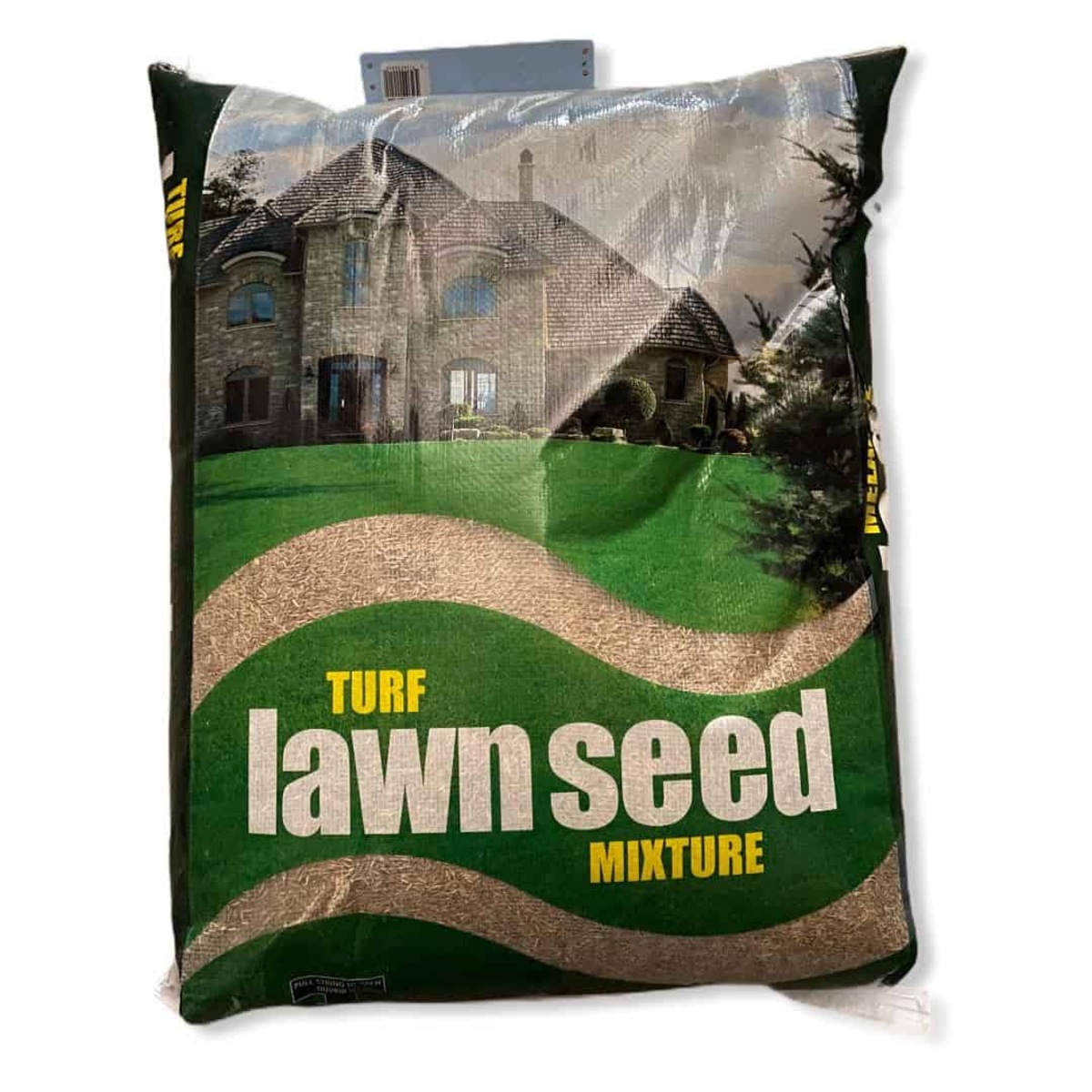

Landscaping Ideas
How Long Is Grass Seed Good For In A Sealed Bag
Modified: March 23, 2024
Discover the ideal shelf life of grass seed in sealed packaging and ensure successful landscaping with our expert tips. Explore effective landscaping ideas now!
(Many of the links in this article redirect to a specific reviewed product. Your purchase of these products through affiliate links helps to generate commission for Storables.com, at no extra cost. Learn more)
Introduction
When it comes to landscaping, the allure of a lush, green lawn is undeniable. Whether you're a seasoned gardener or a novice enthusiast, the key to achieving a vibrant lawn lies in the quality of the grass seed. However, the longevity of grass seed is a crucial factor that often goes overlooked. Understanding how long grass seed remains viable in a sealed bag is essential for ensuring successful germination and a thriving lawn.
Grass seed, like any other organic material, has a limited shelf life. The duration for which grass seed remains viable can be influenced by various factors, including storage conditions, seed type, and initial quality. By delving into the intricacies of grass seed longevity, you can make informed decisions about purchasing, storing, and utilizing grass seed to achieve the best results for your lawn.
In this comprehensive guide, we will explore the factors that affect the longevity of grass seed, provide valuable storage tips to maximize its viability, and highlight the telltale signs of grass seed deterioration. By the end of this article, you will be equipped with the knowledge to make the most of your grass seed, ensuring that your landscaping endeavors yield a verdant and inviting outdoor space.
Key Takeaways:
- Proper storage in a sealed bag can extend the life of grass seed, ensuring successful germination and a lush lawn. Factors like seed type, initial quality, and storage conditions impact longevity.
- Look for signs of deterioration in grass seed, such as discoloration, odors, mold, and insect infestations. Proper storage and vigilance can maximize the potential for successful germination.
Read more: How Long Is A Bag Of Grass Seed Good For
Factors Affecting Grass Seed Longevity
The longevity of grass seed is influenced by a myriad of factors that collectively determine its viability and germination potential. Understanding these factors is crucial for ensuring the successful establishment of a healthy lawn. Let's delve into the key elements that impact the longevity of grass seed:
-
Seed Type: Different grass species exhibit varying levels of longevity. For instance, cool-season grasses such as Kentucky bluegrass and fescue tend to have a longer shelf life compared to warm-season varieties like Bermuda grass. The inherent characteristics of each seed type, including their dormancy and germination requirements, play a significant role in determining their longevity.
-
Initial Quality: The quality of the grass seed at the time of purchase is a fundamental factor in its longevity. High-quality seeds, typically characterized by purity, germination rate, and absence of contaminants, have a greater potential for prolonged viability. Conversely, seeds of inferior quality may have a shorter shelf life and reduced germination success.
-
Storage Conditions: The environment in which grass seed is stored significantly impacts its longevity. Factors such as temperature, humidity, and exposure to light can either preserve or compromise the viability of the seeds. Ideally, grass seed should be stored in a cool, dry, and dark environment to minimize the risk of deterioration.
-
Moisture Content: The moisture content of grass seed is a critical determinant of its longevity. Excessive moisture can lead to mold growth and seed damage, ultimately reducing viability. Conversely, overly dry conditions may cause the seeds to become desiccated, impacting their ability to germinate effectively.
-
Oxygen Exposure: Oxygen plays a role in the degradation of organic materials, including grass seed. When seeds are exposed to excessive oxygen, the risk of oxidation and deterioration increases. Properly sealed containers and airtight packaging can help mitigate the detrimental effects of oxygen exposure.
-
Seed Coating and Treatments: Some grass seeds are coated or treated with substances to enhance their performance and protection against pests and diseases. The presence of such coatings can influence the longevity of the seeds, as they may provide additional protection against environmental stressors.
By considering these factors, you can gain valuable insights into the intricacies of grass seed longevity. Armed with this knowledge, you can make informed decisions regarding the selection, storage, and utilization of grass seed to maximize its potential for successful germination and the establishment of a vibrant, healthy lawn.
Storage Tips for Grass Seed
Proper storage is paramount to preserving the viability of grass seed and ensuring optimal germination rates. By implementing the following storage tips, you can safeguard the quality of your grass seed and set the stage for a thriving lawn:
-
Container Selection: Choose a suitable container for storing grass seed. Opt for airtight, moisture-resistant containers that provide protection against environmental elements. Sealable plastic bags or sturdy, lidded containers are excellent choices for maintaining the integrity of the seeds.
-
Cool, Dark Location: Store the grass seed in a cool, dark location to shield it from excessive heat and light exposure. Direct sunlight and high temperatures can accelerate seed deterioration. A dry, shaded area such as a basement or a cool storage room is ideal for preserving the viability of the seeds.
-
Consistent Temperature: Maintain a consistent temperature in the storage area. Fluctuating temperatures can compromise the quality of the grass seed. Aim for a stable, moderate temperature range to prevent thermal stress on the seeds.
-
Low Humidity: Keep the storage environment dry to prevent moisture-related issues. Excessive humidity can lead to mold growth and seed damage. Consider using desiccants or moisture-absorbing packets in the storage containers to minimize the risk of moisture accumulation.
-
Protection from Pests: Safeguard the grass seed from potential pest infestations. Ensure that the storage containers are tightly sealed to prevent access by insects or rodents. Additionally, periodically inspect the containers for any signs of pest activity to address potential threats promptly.
-
Labeling and Rotation: Label the storage containers with the seed type and date of purchase to facilitate organized seed rotation. Implement a first-in, first-out approach to ensure that older seed batches are utilized before newer ones. This practice helps prevent the prolonged storage of seeds, thereby maximizing their viability.
-
Avoid Freezing: While it is essential to maintain a cool storage environment, avoid exposing the grass seed to freezing temperatures. Extreme cold can damage the seeds, leading to reduced germination rates and compromised viability. Protect the seeds from freezing by storing them above the freezing threshold.
By adhering to these storage tips, you can prolong the viability of grass seed and optimize its potential for successful germination. Implementing proper storage practices is a proactive step towards achieving a flourishing lawn, as it sets the foundation for robust seed performance and the establishment of a verdant and inviting outdoor space.
Grass seed can last up to 2-3 years in a sealed bag if stored in a cool, dry place. Check the expiration date on the bag and use it within that time for best results.
Signs of Grass Seed Going Bad
Identifying the signs of deteriorating grass seed is crucial for ensuring successful germination and establishing a vibrant lawn. While properly stored grass seed can retain its viability for an extended period, it is essential to be vigilant for indications of potential deterioration. By recognizing the following signs, you can take proactive measures to address any issues and maximize the potential for successful seed germination.
-
Discoloration: Visually inspect the grass seed for any signs of discoloration. Healthy grass seed typically exhibits a uniform coloration that corresponds to its specific variety. However, if you notice patches of off-color or darkened seeds, it may indicate fungal growth or decay, signaling a decline in seed viability.
-
Unpleasant Odor: A musty or foul odor emanating from the grass seed is a clear indicator of potential deterioration. This odor may result from mold or bacterial growth, suggesting that the seeds have been compromised and may struggle to germinate effectively.
-
Mold or Fungal Growth: The presence of mold or fungal growth on the grass seed is a definitive sign of deterioration. Inspect the seeds closely for any visible signs of mold, mildew, or fungal colonies. Such growth can impede germination and compromise the overall quality of the seeds.
-
Insect Infestation: If you observe signs of insect activity within the storage container or notice damage to the grass seeds, it is indicative of a potential infestation. Insects can significantly diminish the viability of the seeds, rendering them less likely to germinate and establish healthy grass growth.
-
Brittleness or Softness: Gently squeeze a few seeds between your fingers to assess their texture. Healthy grass seeds should exhibit a firm, resilient texture. Seeds that feel excessively brittle or soft may have undergone structural changes due to moisture or pest damage, indicating a decline in viability.
-
Lack of Germination: Conduct a small germination test by planting a sample of the grass seeds in a controlled environment. If a significant portion of the seeds fail to germinate within the expected timeframe, it may suggest a decline in overall seed viability.
-
Age and Storage Duration: Consider the age and storage duration of the grass seed. While not a direct visual indicator, older seeds that have been stored for an extended period are more likely to experience diminished viability. If the seeds have surpassed their typical shelf life, it is prudent to assess their condition closely.
By remaining attentive to these signs of grass seed deterioration, you can take proactive steps to address any issues and make informed decisions regarding the utilization of the seeds. Regular monitoring and thorough inspection of the grass seed can help mitigate the risk of using compromised seeds, ultimately contributing to the successful establishment of a healthy and vibrant lawn.
Conclusion
In conclusion, the longevity of grass seed in a sealed bag is influenced by a multitude of factors, including seed type, initial quality, storage conditions, moisture content, oxygen exposure, and seed coatings. By understanding these factors and implementing proper storage practices, individuals can maximize the viability of grass seed, ultimately leading to successful germination and the establishment of a lush, vibrant lawn.
It is essential to recognize that different grass species exhibit varying levels of longevity, with cool-season grasses generally displaying a longer shelf life compared to warm-season varieties. Additionally, the initial quality of the grass seed at the time of purchase significantly impacts its potential for prolonged viability. High-quality seeds, characterized by purity and germination rate, are more likely to retain their viability over time.
Proper storage conditions play a pivotal role in preserving the integrity of grass seed. Storing the seed in a cool, dark location, maintaining consistent temperatures, and minimizing humidity are crucial steps in safeguarding its viability. Furthermore, protection from pests and the implementation of organized seed rotation practices contribute to the preservation of seed quality.
Recognizing the signs of deteriorating grass seed, such as discoloration, unpleasant odors, mold growth, and insect infestations, is imperative for proactive intervention. Regular inspection and germination tests can aid in identifying potential issues and ensuring that only viable seeds are utilized for lawn establishment.
By adhering to the storage tips and remaining vigilant for signs of deterioration, individuals can optimize the potential for successful grass seed germination. This proactive approach sets the stage for the creation of a healthy, resilient lawn that enhances the outdoor landscape and provides a welcoming environment for leisure and recreation.
In essence, the longevity of grass seed in a sealed bag is not solely determined by the passage of time, but rather by the collective influence of various factors and the proactive measures taken to preserve its viability. By integrating the insights and practices outlined in this guide, individuals can embark on their landscaping endeavors with confidence, knowing that they are equipped to maximize the potential of their grass seed and achieve the lush, verdant lawn of their dreams.
Frequently Asked Questions about How Long Is Grass Seed Good For In A Sealed Bag
Was this page helpful?
At Storables.com, we guarantee accurate and reliable information. Our content, validated by Expert Board Contributors, is crafted following stringent Editorial Policies. We're committed to providing you with well-researched, expert-backed insights for all your informational needs.
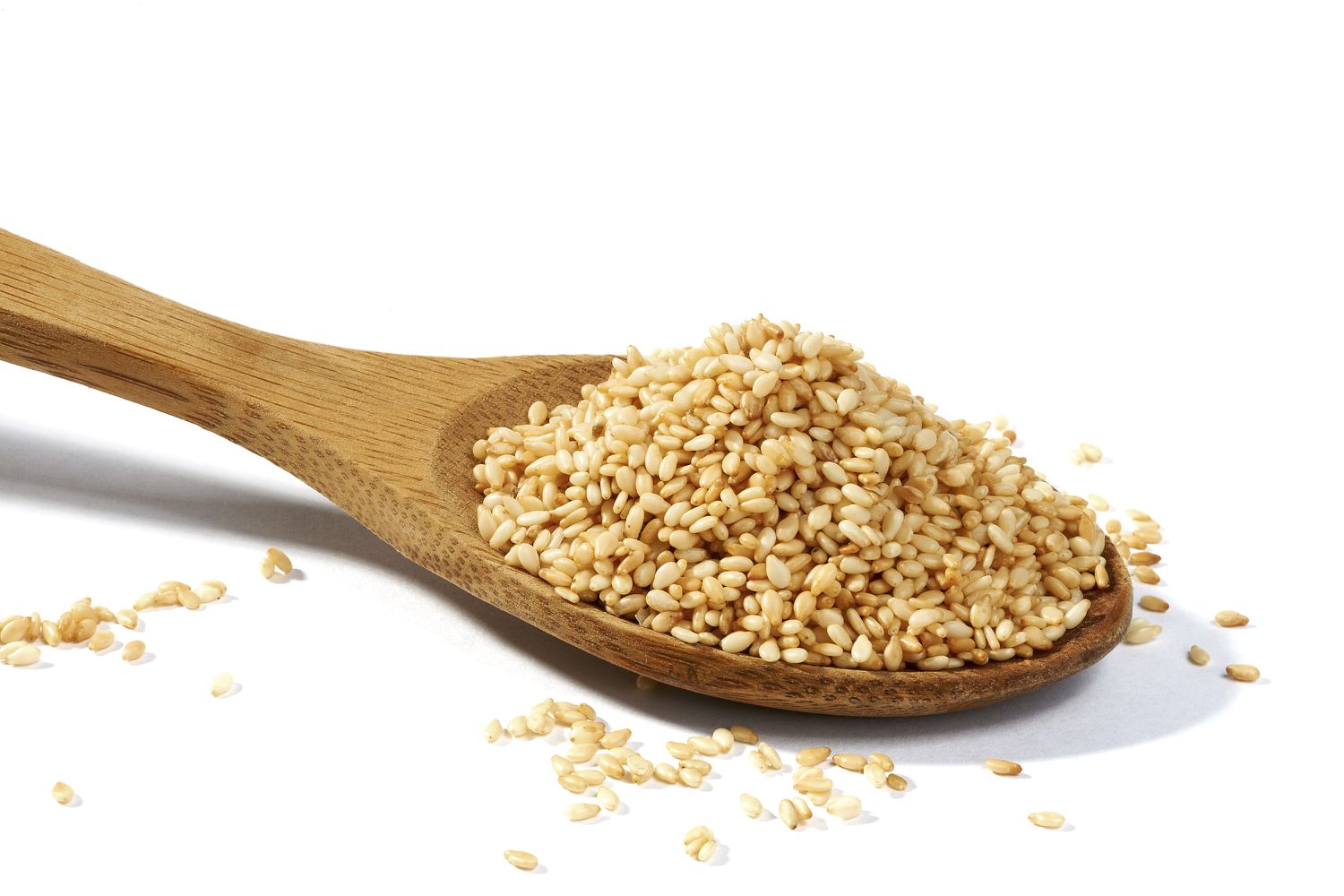
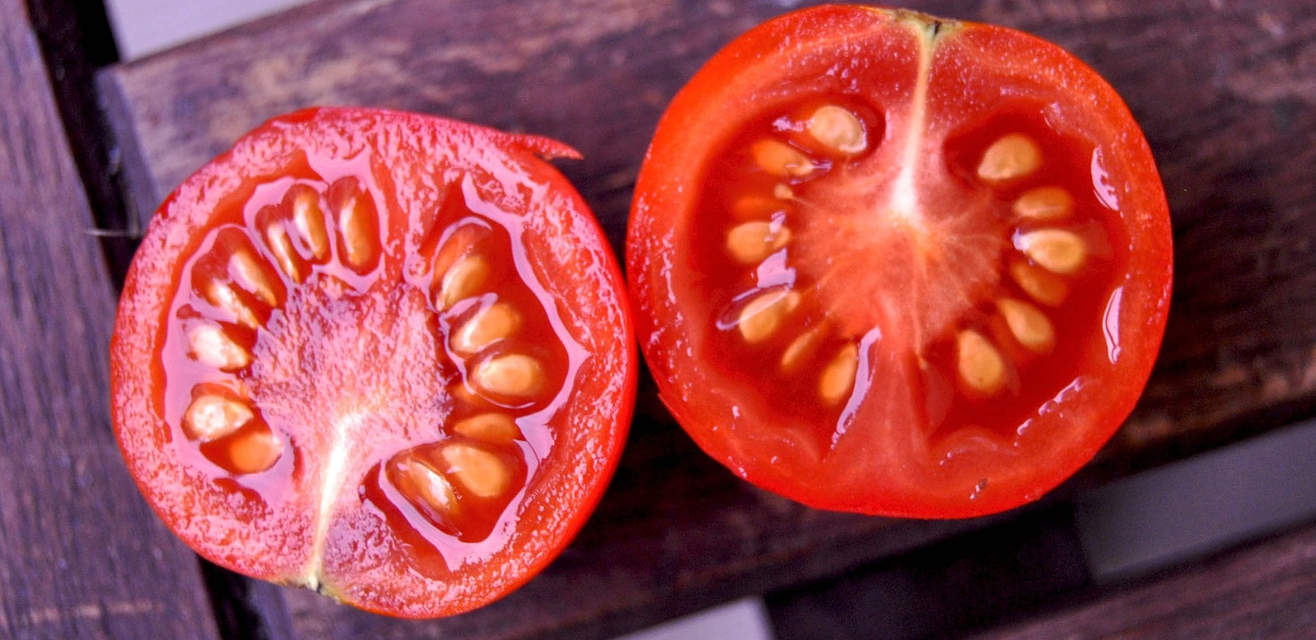
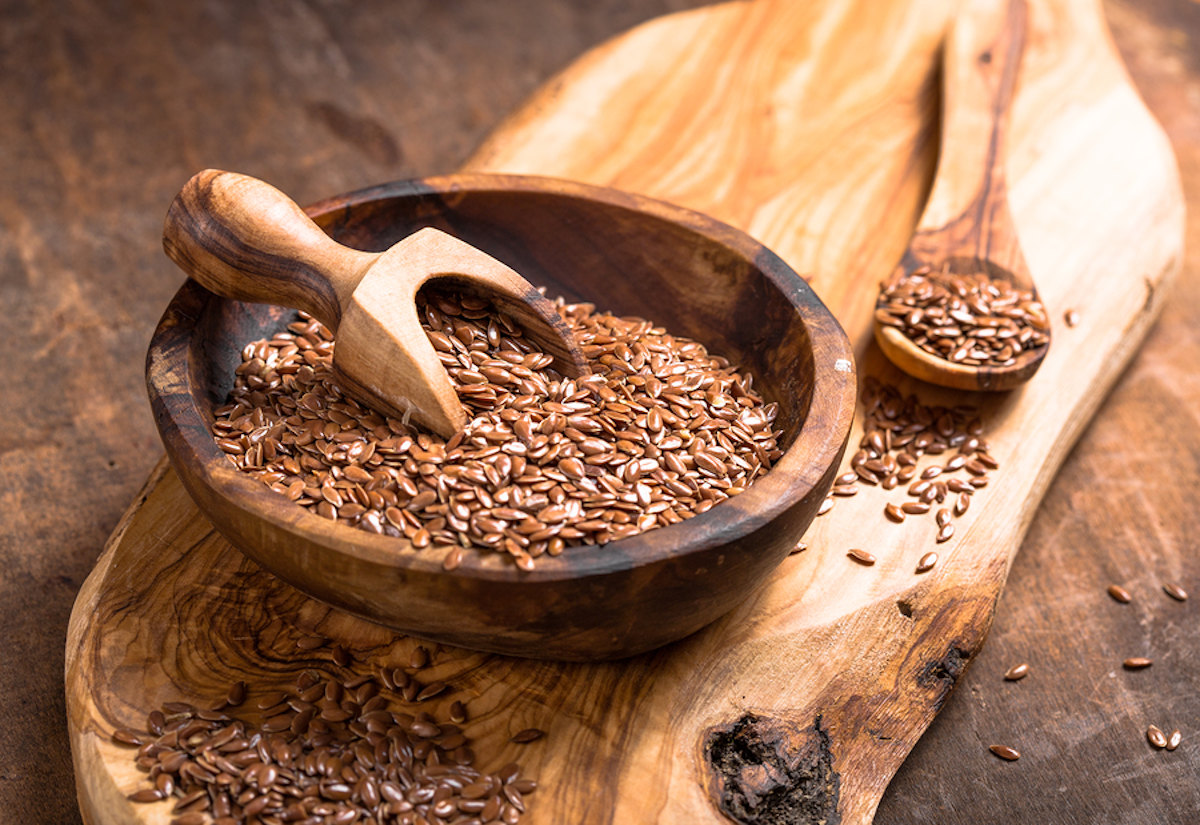
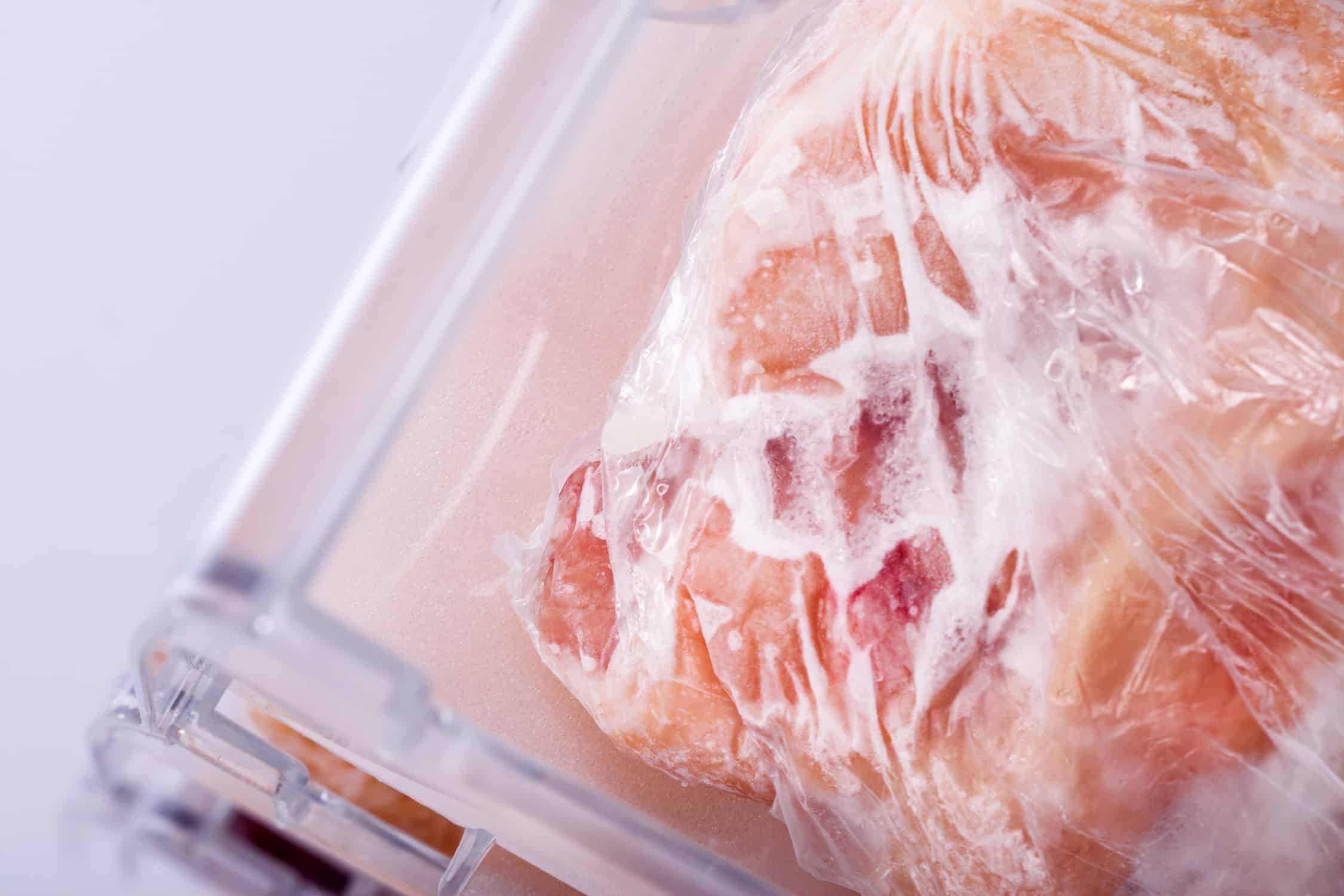
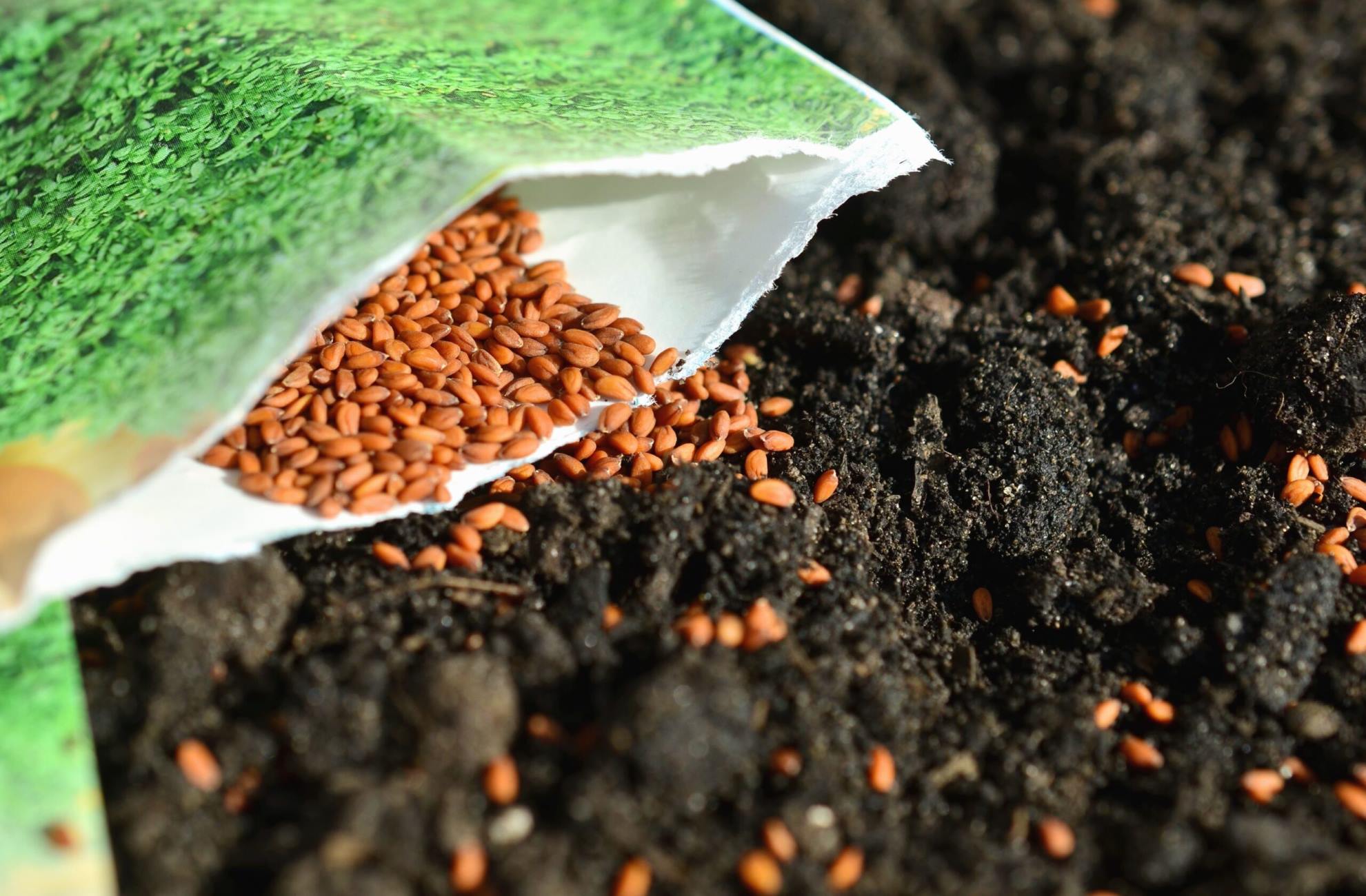
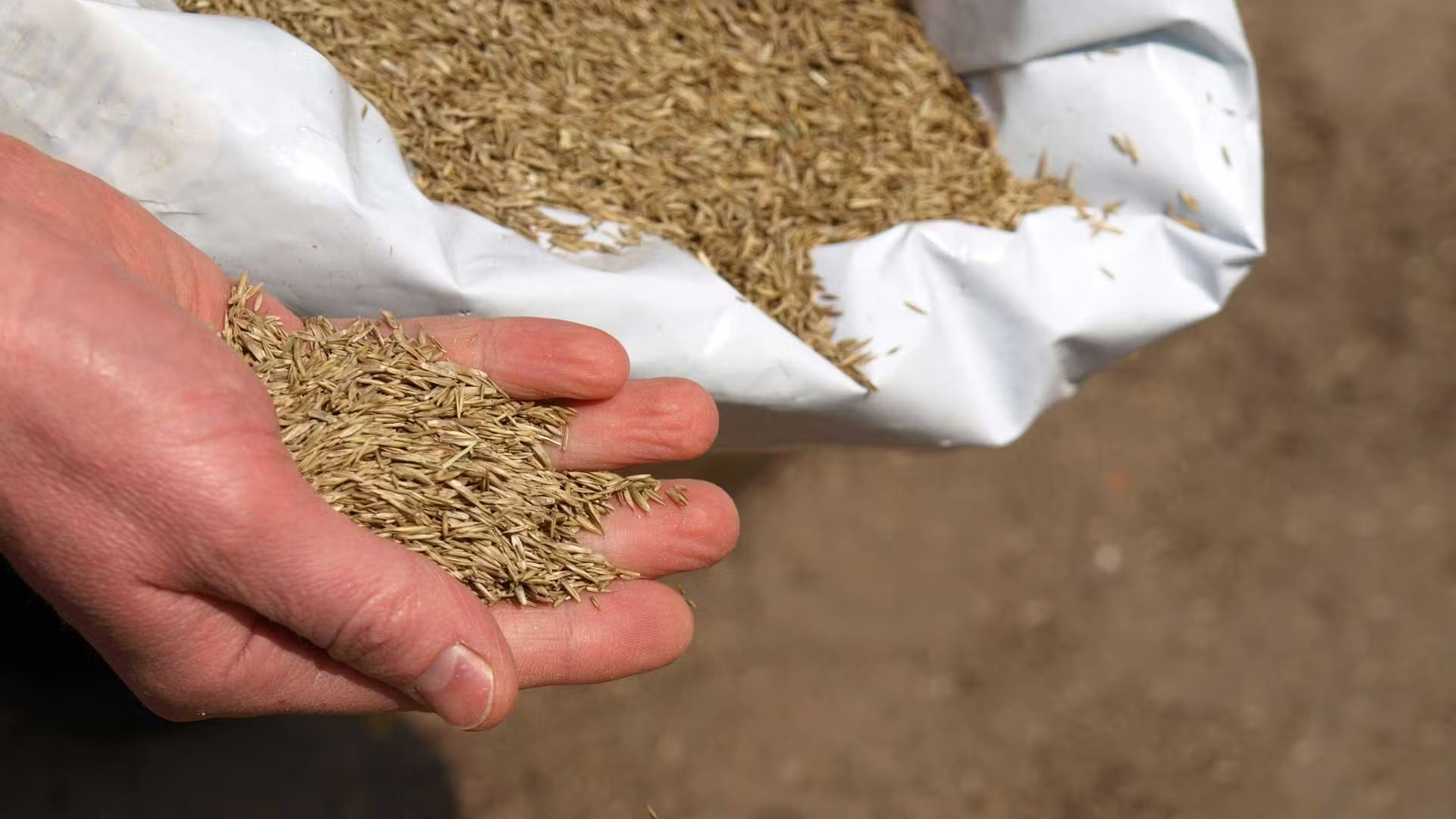
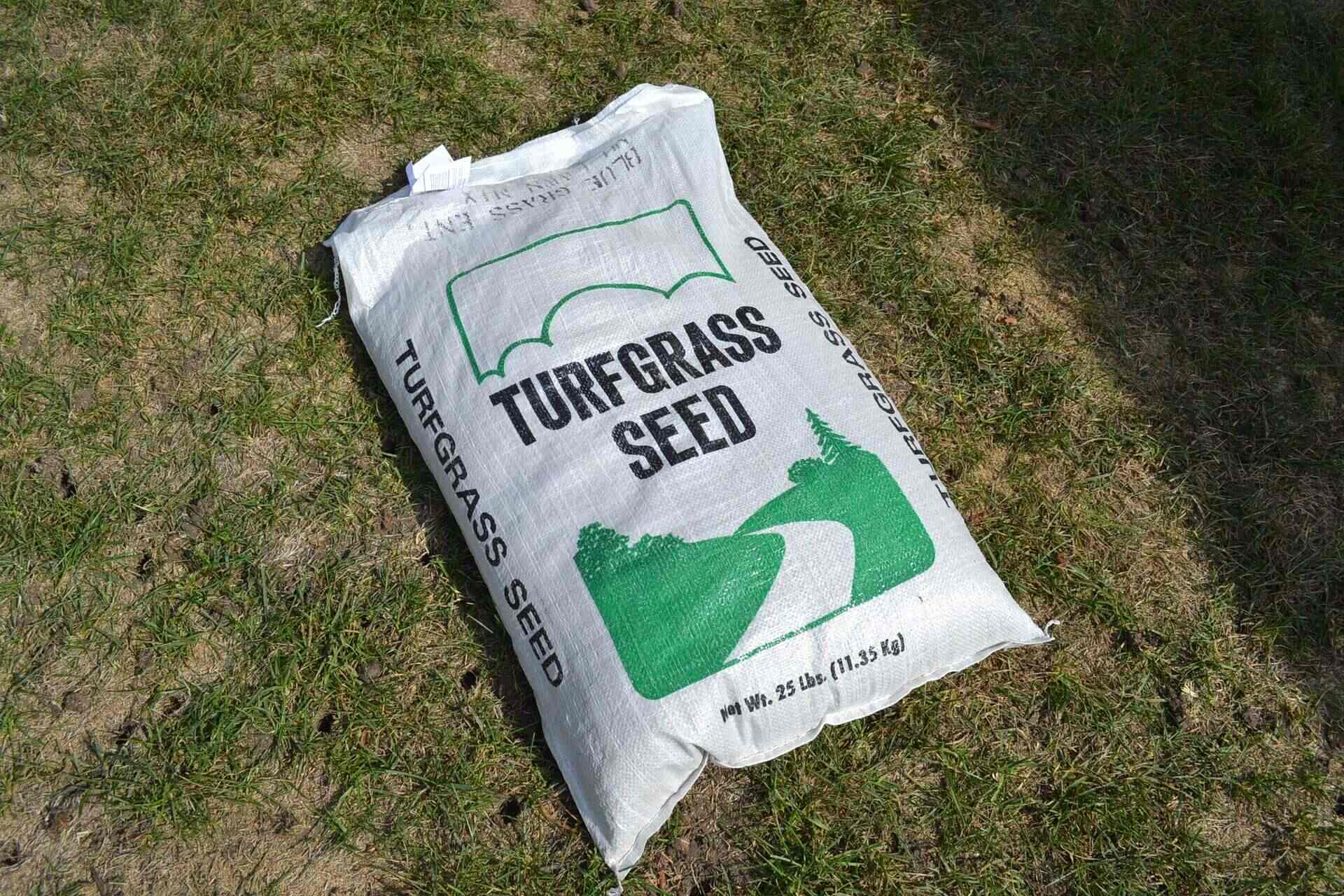
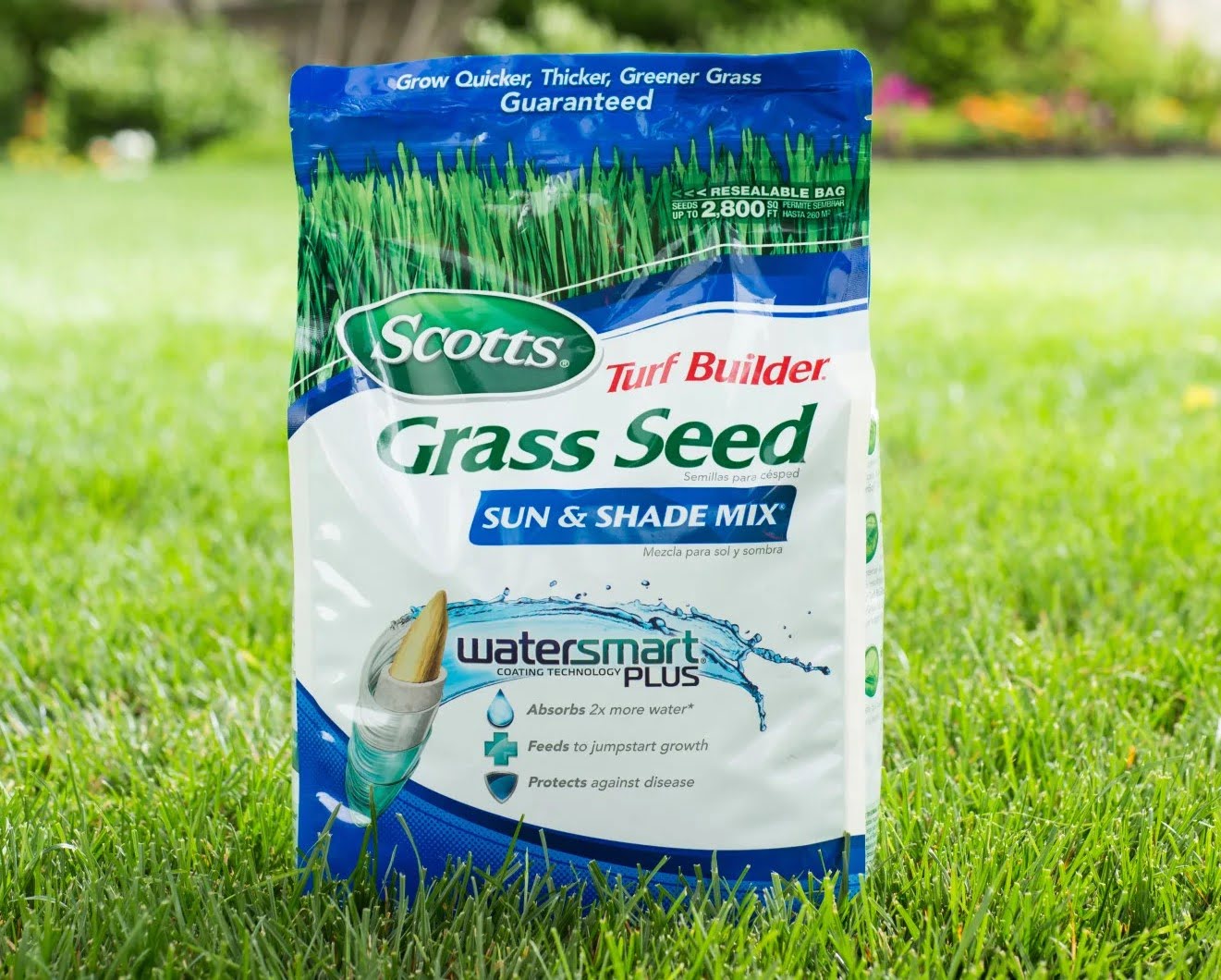
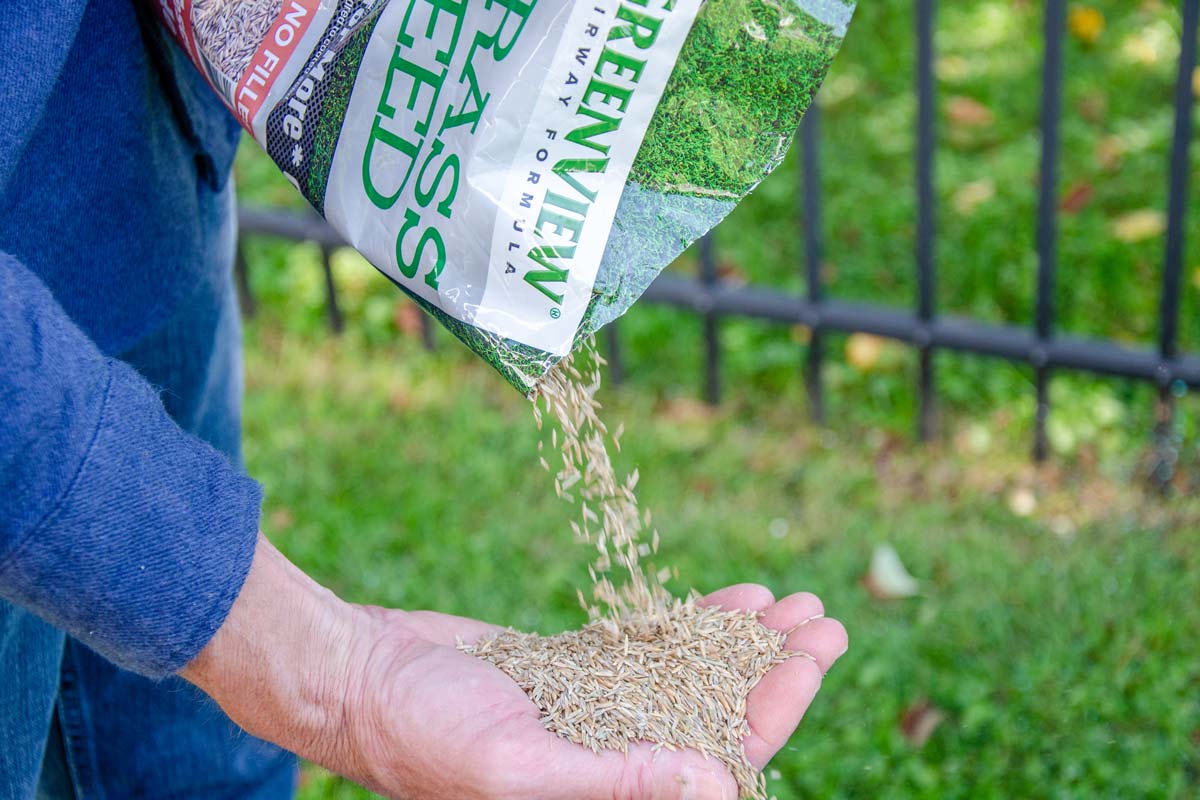
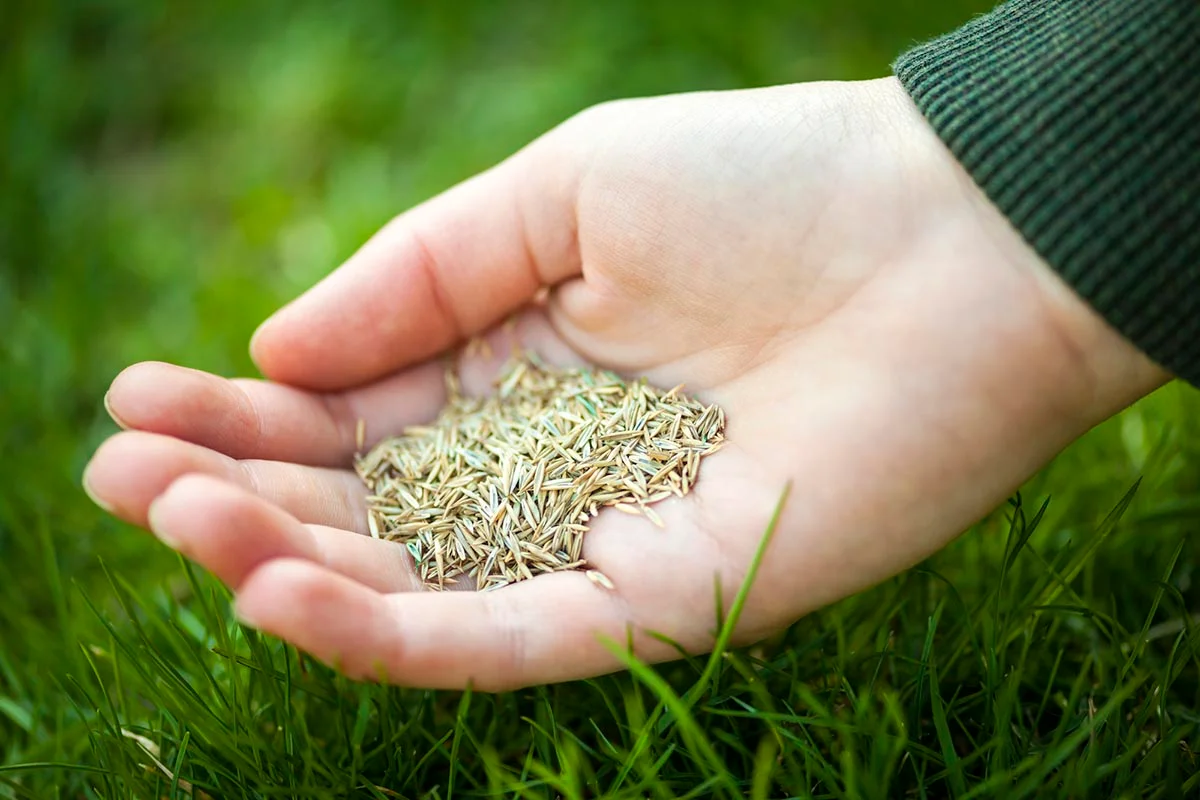
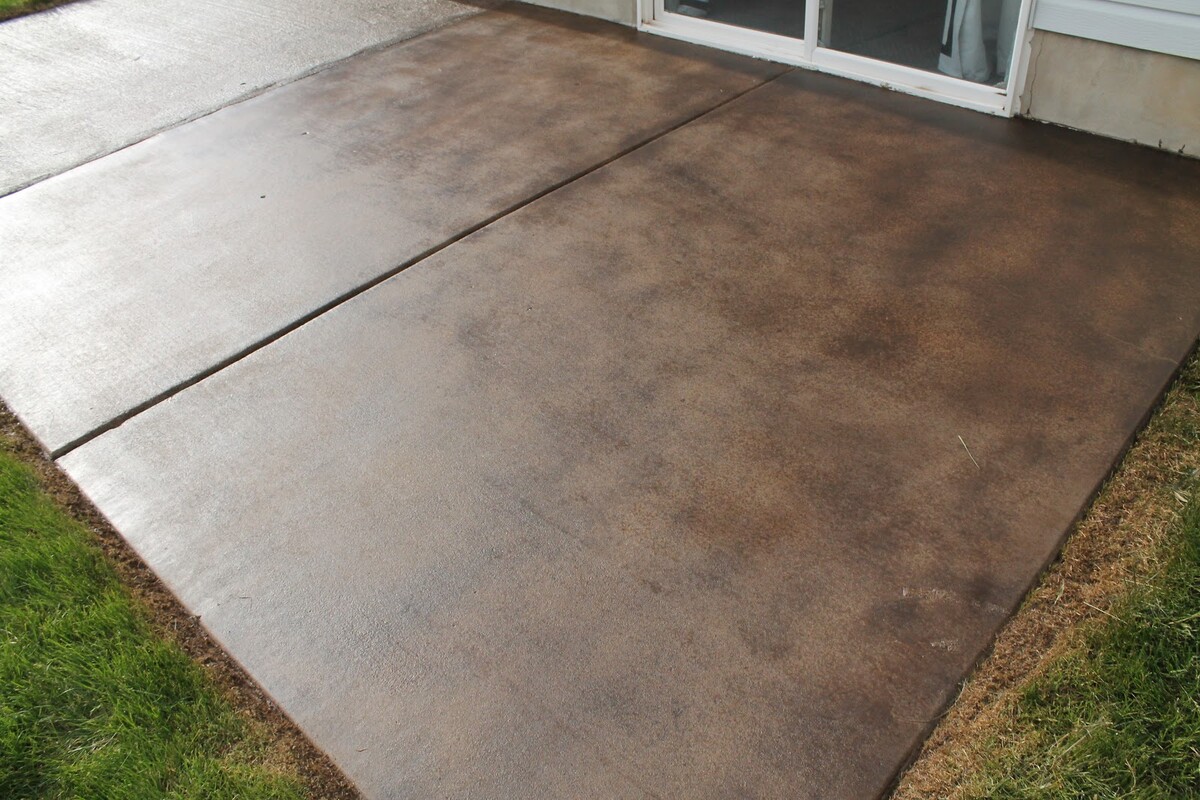

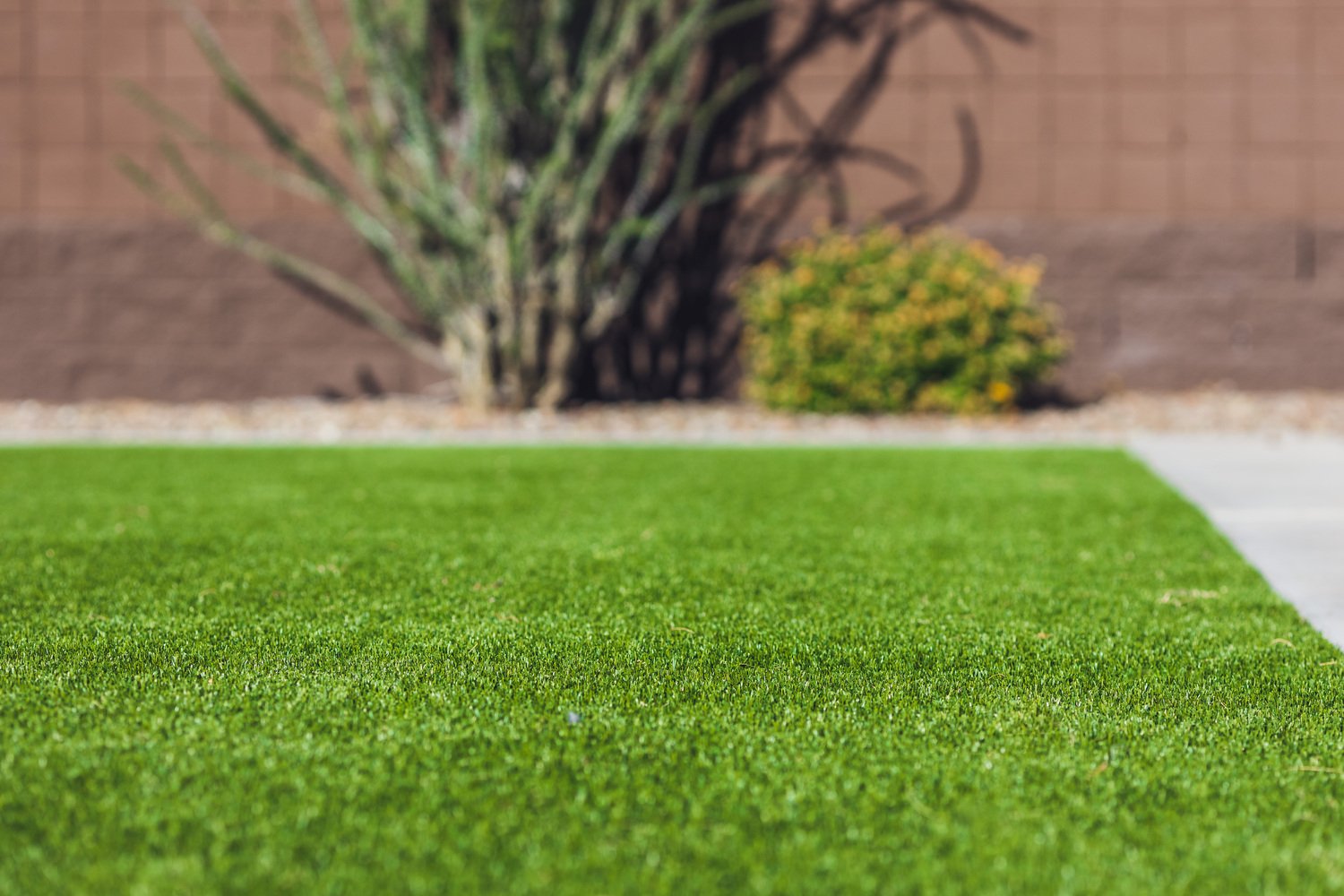

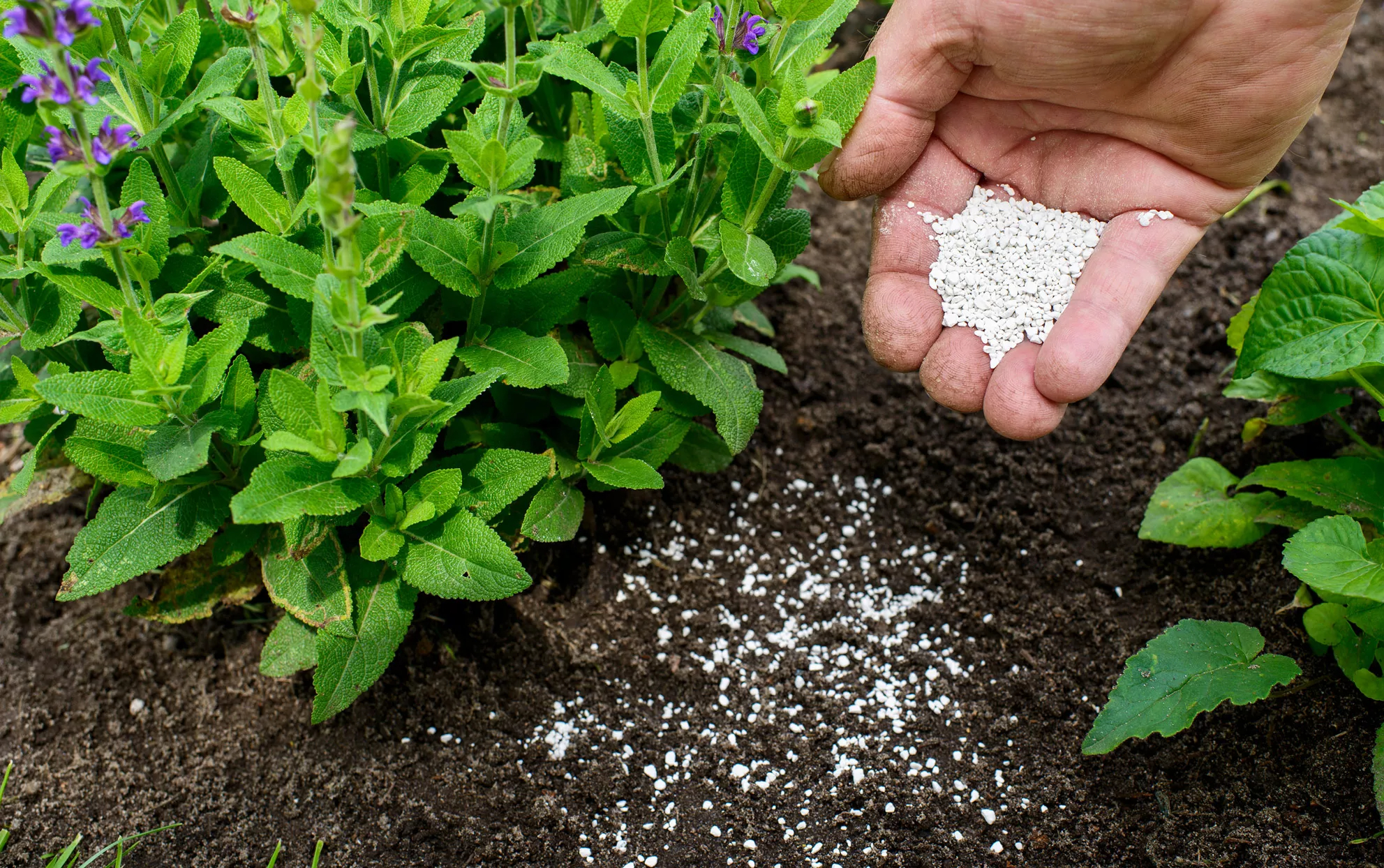

0 thoughts on “How Long Is Grass Seed Good For In A Sealed Bag”